
您当前的位置:首页 » 产品展示 » 色谱柱 » pq填充柱 HJ/T 38-1999 固定污染源排气中非甲烷总烃的测定
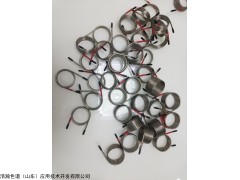
| 产品名称: | pq填充柱 HJ/T 38-1999 固定污染源排气中非甲烷总烃的测定 |
| 产品型号: | pq填充柱 |
| 品牌: | 1356 |
| 产品数量: | |
| 产品单价: | 面议 |
| 日期: | 2022-02-17 |
pq填充柱 HJ/T 38-1999 固定污染源排气中非甲烷总烃的测定的详细资料
HJ/T 38-1999 固定污染源排气中非甲烷总烃的测定HJ/T 38-1999 固定污染源排气中非甲烷总烃的测定 详细信息:
名称:填充柱1
固定相:高分子小球
粒度:60-80目
规格:0.8m*1/8
型号:Porapak Q
名称:填充柱1
固定相:高分子小球
粒度:60-80目
规格:1.5m*1/8
型号:Porapak Q
应用:HJ/T 38-1999 固定污染源排气中非甲烷总烃的测定 气相色谱法
1 适用范围
1.1 本标准适用于固定污染源有组织排放和无组织排放的非甲烷总烃(NMHC)测定。
1.2 NMHC的检出限为4x10-2ng。当色谱进样量为1.0ml时,方法的检出浓度为4x10-2mg/m3,方法的定量测定浓度范围为0.12~32mg/m3。
2 定义
非甲烷总烃(NMHC):指除甲烷以外的碳氢化合物(其中主要是C2~C8)的总称。在本标准规定的条件下所测得的NMHC,是于气相色谱氢火焰离子化检测器有明显响应的除甲烷外碳氢化合物总量,以碳计。
3 方法原理
用双柱双氢火焰离子化检测器气相色谱仪,注射器直接进样,分别测定样品中的总烃和甲烷含量,以两者之差得非甲烷总烃含量。同时以除烃空气求氧的空白值,以扣除总烃色谱峰中的氧峰干扰。
4 引用标准
下列标准所包含的条文,通过在本标准中引用而构成为本标准的条文
GB 16297-1996 大气污染物综合排放标准
GB 16157-1996 固定污染源排气中颗粒物测定和气污染物采样方法
5 试剂和材料
除非另有说明,分析中均使用符合国家标准的分析纯试剂和蒸馏水。
5.1 硅胶。
5.2 SA分子筛。
5.3 活性炭:15#。
用6mol/L盐酸溶液(5 .6)浸渍12h后,用水洗中性,在105℃烘干备用。
5.4 盐酸:ρ=1.19g/ml。
5.5 磷酸:ρ=1.71g/ml。
5.6 盐酸溶液:1+1。
5.7 磷酸溶液:(H3PO4)=3.3mol/L。
用量筒量取ρ=1.75g/ml磷酸(5.5) 38ml,缓慢倒入水中,再用水稀释到100ml。
5.8 氢气:经5A分子筛(5 .2)、活性炭(5.3)和硅胶(5 .1)净化处理。
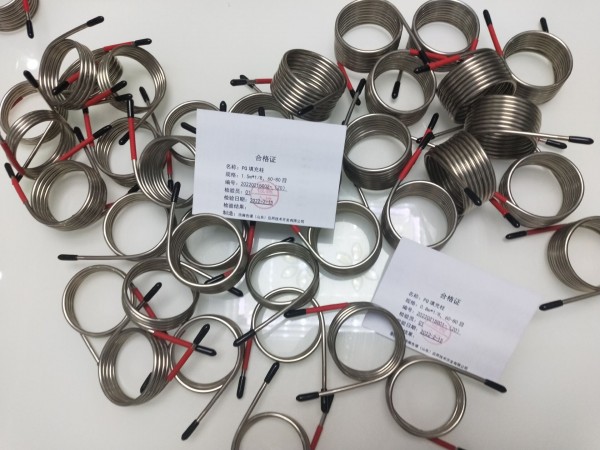
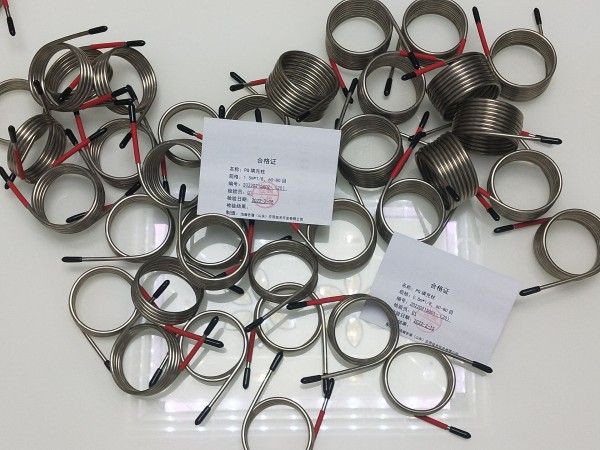
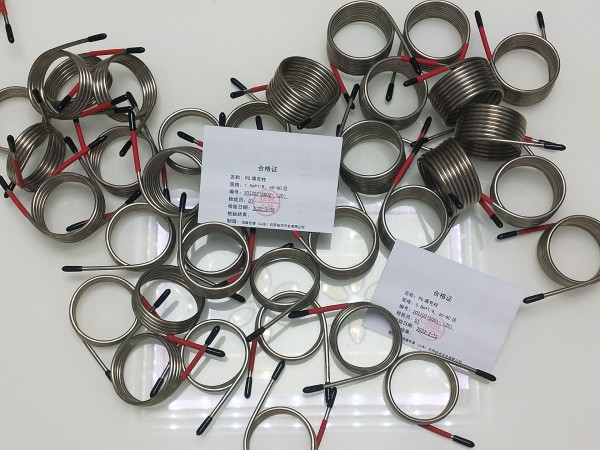
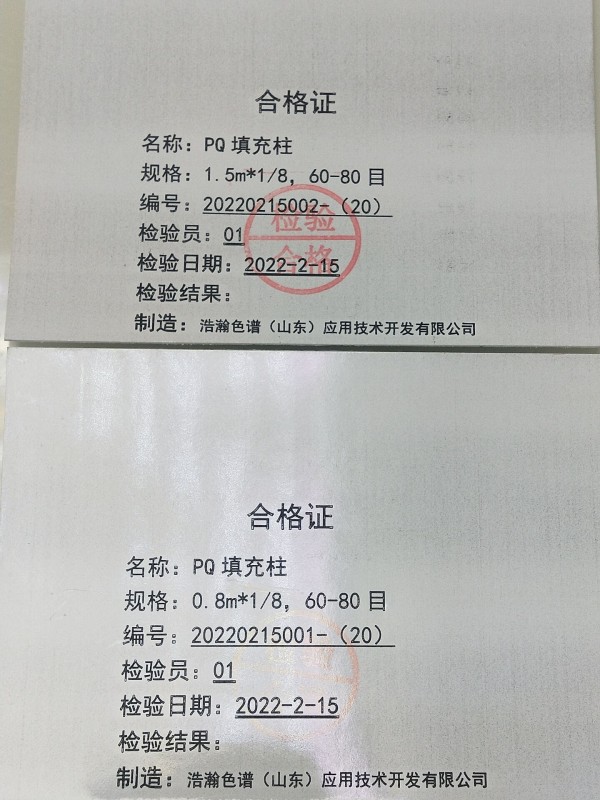
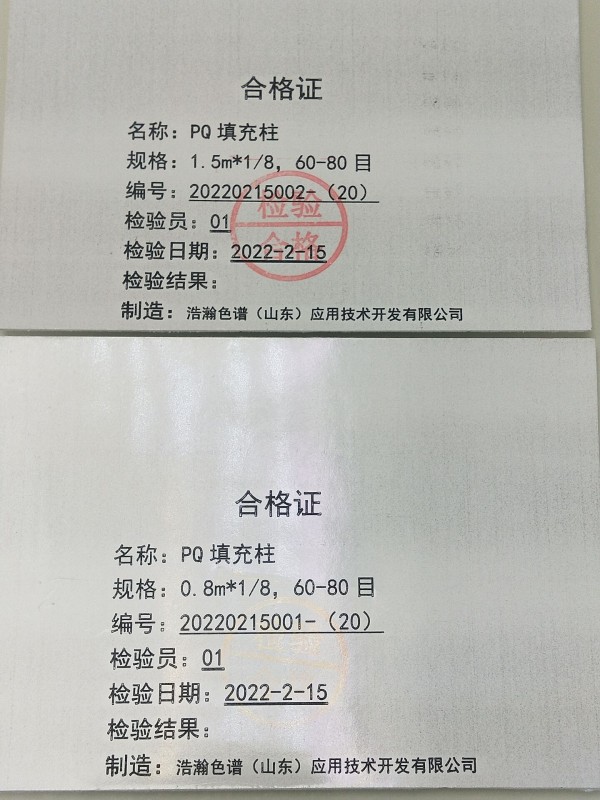
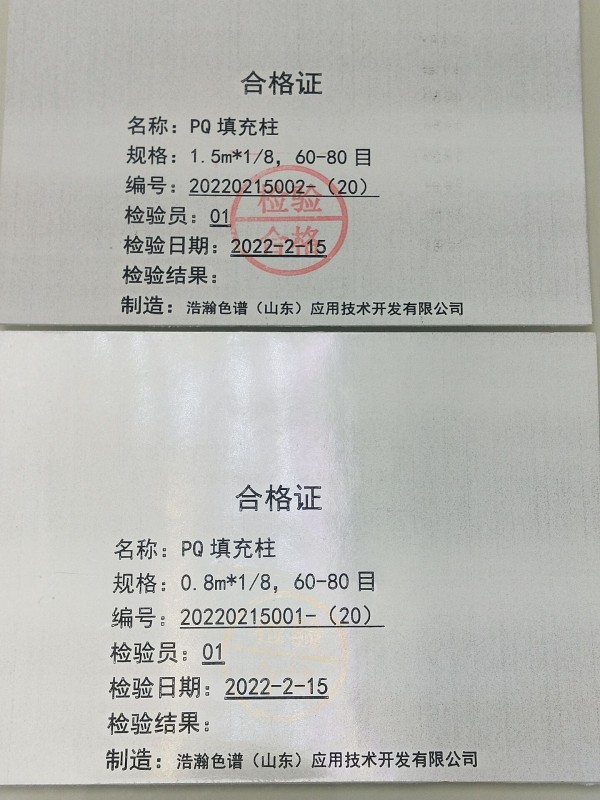
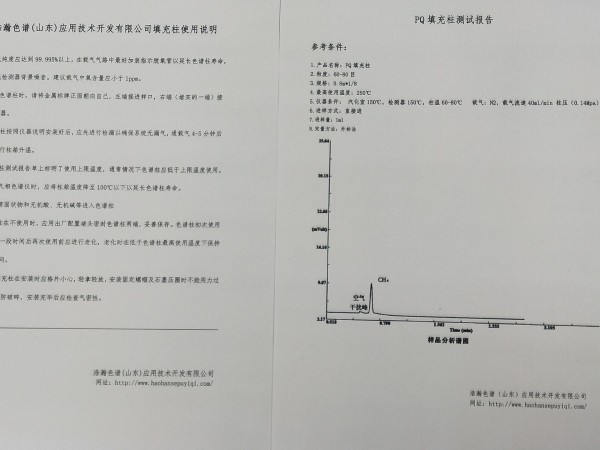

HJ/T 38-1999 Determination of non-methane total hydrocarbons in exhaust gas from statio
HJ/T 38-1999 Determination of non-methane total hydrocarbons in exhaust gas from statio
Name: Packed Column 1
Statio
Granularity: 60-80 mesh
Specifications: 0.8m*1/8
Model: Porapak Q
Name: Packed Column 1
Statio
Granularity: 60-80 mesh
Specifications: 1.5m*1/8
Model: Porapak Q
Application: HJ/T 38-1999 Determination of non-methane total hydrocarbons in exhaust gas from statio
1 Scope of application
1.1 This standard is applicable to the determination of non-methane total hydrocarbons (NMHC) from fixed sources of organized and unorganized emissions.
1.2 The detection limit of NMHC is 4x10-2ng. When the chromatographic injection volume is 1.0ml, the detection co
2 Definitions
Non-methane hydrocarbons (NMHC): refers to the general term for hydrocarbons other than methane (mainly C2~C8). The NMHC measured under the co
3 Principles of the method
Using a gas chromatograph with a double-column double-hydrogen flame io
4 Reference Standards
The following standards co
GB 16297-1996 Comprehensive emission standard of air pollutants
GB 16157-1996 Determination of particulate matter in exhaust gas from statio
5 Reagents and Materials
Unless otherwise stated, analytical reagents and distilled water that meet natio
5.1 Silicone.
5.2 SA molecular sieve.
5.3 Activated carbon: 15#.
After soaking with 6mol/L hydrochloric acid solution (5.6) for 12h, wash with water until neutral, and dry at 105℃ for later use.
5.4 Hydrochloric acid: ρ=1.19g/ml.
5.5 Phosphoric acid: ρ=1.71g/ml.
5.6 Hydrochloric acid solution: 1+1.
5.7 Phosphoric acid solution: (H3PO4)=3.3mol/L.
Measure ρ=1.75g/ml phosphoric acid (5.5) 38ml with a measuring cylinder, slowly pour it into water, and then dilute with water to 100ml.
5.8 Hydrogen: purified by 5A molecular sieve (5.2), activated carbon (5.3) and silica gel (5.1).